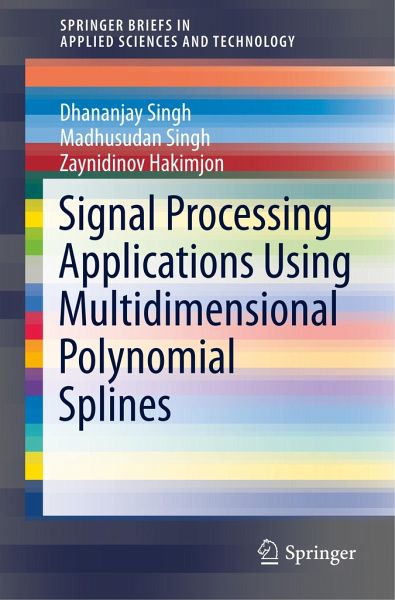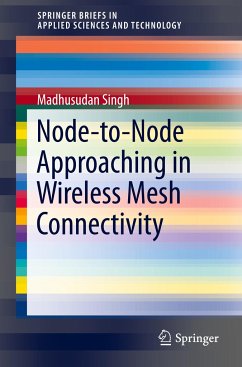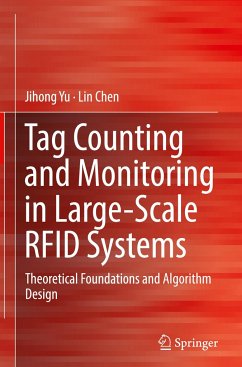
Signal Processing Applications Using Multidimensional Polynomial Splines

PAYBACK Punkte
19 °P sammeln!
This book highlights new methods, algorithms and software for the digital processing and recovery of signals. In addition, it describes a new method for modeling one dimensional and multidimensional signals as successions of local polynomial splines and their spectral characteristics. It provides examples of how the proposed methods can be applied in specific cases, together with signal processing software examples in the MATLAB environment, and models of special processes in the Simulink environment. The book's goal is to make it easier for beginners to understand the subject matter; it is in...
This book highlights new methods, algorithms and software for the digital processing and recovery of signals. In addition, it describes a new method for modeling one dimensional and multidimensional signals as successions of local polynomial splines and their spectral characteristics. It provides examples of how the proposed methods can be applied in specific cases, together with signal processing software examples in the MATLAB environment, and models of special processes in the Simulink environment. The book's goal is to make it easier for beginners to understand the subject matter; it is intended for engineers, undergraduate and graduate students engaged in research or the evaluation and design of hardware and software for the digital processing and recovery of signals.












